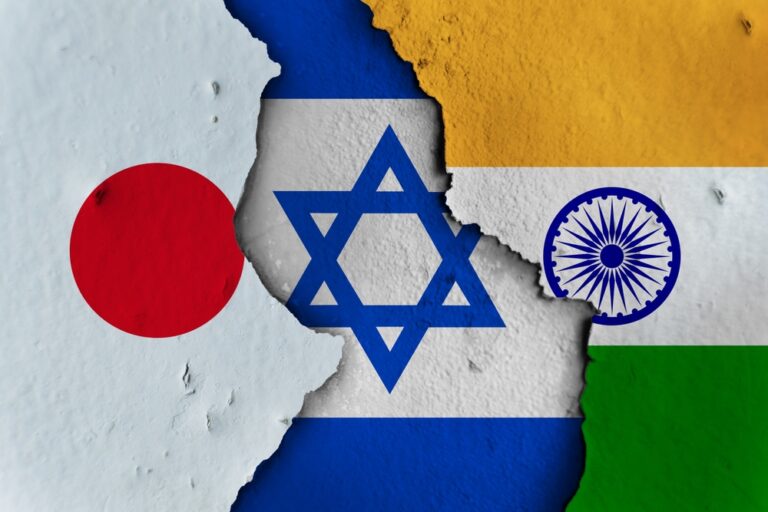
- Dr. Yusri Khizran
- December 10, 2023
- Paper No. 2243
Hezbollah began in 1982 as an Islamist organization founded and shaped according to the ideological model of the Islamic Republic of Iran. The organization was founded to establish an Islamist regime in Lebanon and conduct a jihadist war against the enemies of Islam: the West and Israel. Hezbollah gradually “Lebanonized”, meaning it claimed to be limit the military struggle to Lebanese territory, integrated into the Lebanese political system, and established an extensive civil infrastructure. This transformation was accompanied by a new discourse stressing its role as defender of Lebanon. But Hezbollah’s Lebanonization has not in any way diluted or moderated its conception of Israel, with which it believes itself to be in a doomsday war. Hezbollah’s military empowerment since the withdrawal of the IDF in 2000 does not correspond with its discourse about defending Lebanon. Hezbollah's involvement in the fighting since October 8 is not mere lip service but a demonstration of its total commitment to what it perceives as its deterministic conflict with Israel.




